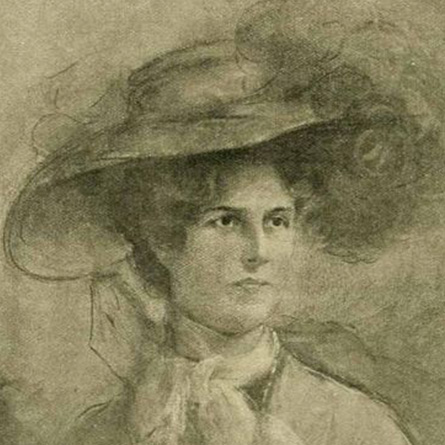Willing to lavish her entire fortune on tracking down rare plants, this wealthy English heiress owned Villa Boccanegra in Latte and two gardens, one in Essex and one in Savoy. She was one of the first women members of the Linnean Society, and one of the foremost English gardeners of the 19th and 20th centuries. Thanks to her botanical and horticultural expertise, especially in the field of bulbous plants (many of which bear her name), she helped take garden design off in new directions. Between 1910 and 1914, she published “The Genus Rosa”, a book accompanied by colour botanical plates illustrated by painter Alfred Parsons. Her visits to Thomas Hanbury’s garden prompted her to pursue her own dream of owning a garden on the Riviera. In 1905, she bought a piece of land not far from her property, between Latte and Ventimiglia. Her ongoing contact with Thomas is reflected in the characteristics of the garden, which, though mainly botanical, retains some portions with a traditional landscape, notably cypresses, olive groves and dry stone-wall terracing. She brought in exotic plant species, mostly trees and shrubs, as well as succulents and cacti. The garden’s slopes are covered in hundreds of agaves, aloes, and opuntias, and planted with various species of palms, acacias, cedars and many similar plants from Australia and South Africa. Her planting selection at least partially reflected the periods she was accustomed to spending here: in October and November, to avoid the worst of the weather in England, and then again from January, to coincide with the early-flowering bulbous plants.
Looka at the card for Villa Piacenza Boccanegra



 Share on social
Share on social